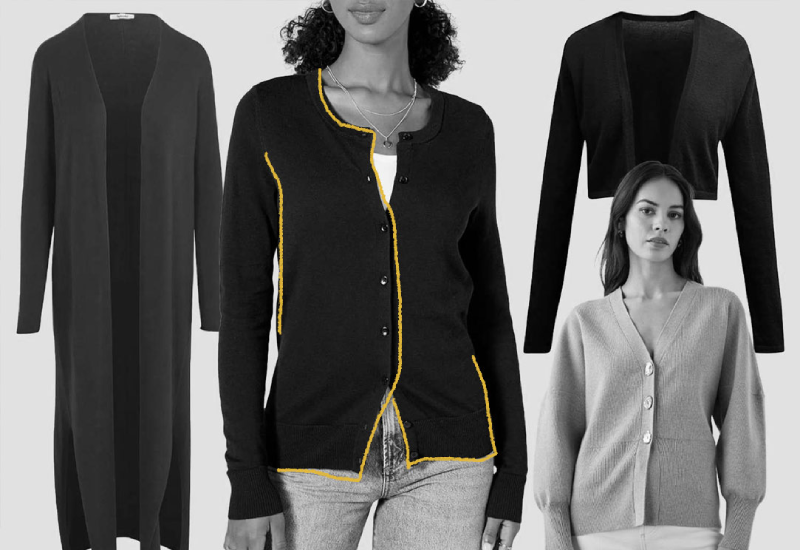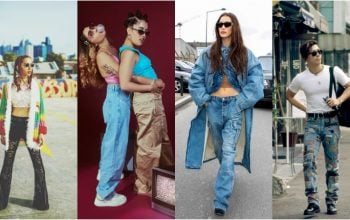The cardigan sweater is more than a cosy wardrobe staple; it embodies a rich history and evolving cultural significance. From its humble origins to its place in modern fashion, the cardigan has remained a symbol of comfort and style. This versatile clothing has transformed over the decades, adapting to various fashion trends and societal shifts. Whether draped over your shoulders for a casual look or with a touch of elegance, the cardigan’s journey through history is as fascinating as its enduring appeal.
Origin of the Cardigan Sweater
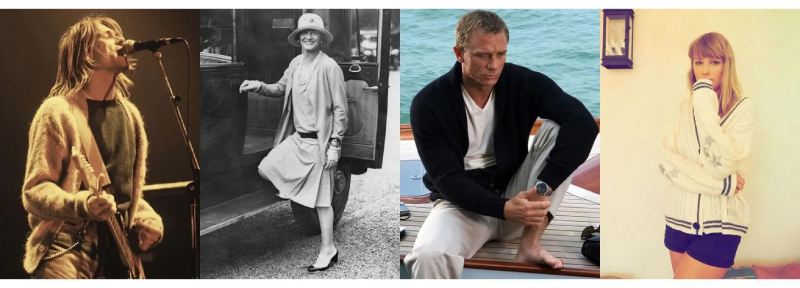
The cardigan sweater traces its origins back to the early 19th century in the United Kingdom. Named after James Brudenell, the 7th Earl of Cardigan, a prominent British military figure, the design of the cardigan was inspired by the knitted garments worn by British soldiers. The initial design featured a button-down front, a departure from the traditional pullovers of the time, providing practicality and ease of wear. This practical design was embraced for its warmth and comfort, making it a popular choice among the British elite. Over time, the cardigan evolved from its military roots to become a versatile garment for casual and formal occasions.
Cardigan Sweater Across Different Cultures
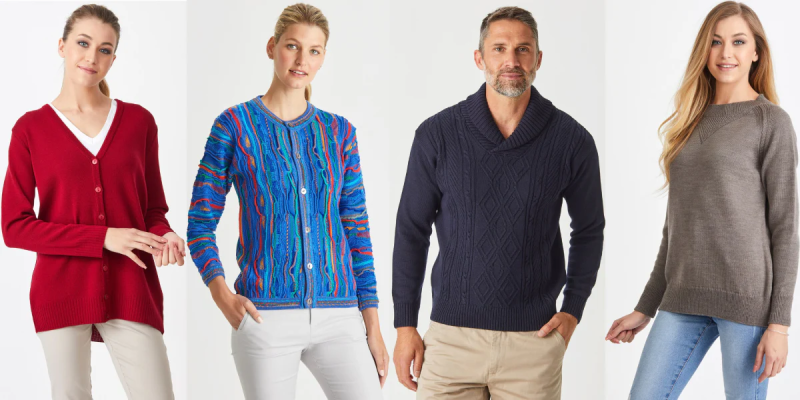
- British Elegance: In Britain, the cardigan quickly became associated with classic British style. Its association with academic institutions and the upper class led to its reputation as a symbol of refined elegance. In British culture, the cardigan is often worn over collared shirts, reflecting a tradition of understated sophistication.
- American Casual: In the United States, the cardigan sweater took on a more casual role. Popularized in the 20th century by American fashion icons like [specific names], it became a staple in the casual wardrobes of both men and women. This shift was marked by its integration into preppy fashion, often paired with jeans and casual shirts.
- French Chic: The cardigan was embraced as part of the chic and effortlessly stylish Parisian wardrobe in France. The French adaptation often involved lightweight materials and stylish cuts, reflecting the country’s emphasis on fashion and elegance. It became a versatile piece that could be dressed up or down.
- Japanese Minimalism: In Japan, the cardigan was integrated into the minimalist fashion trend, characterized by clean lines and simple, functional designs. Japanese fashion embraced the cardigan for its versatility and understated style, often opting for muted colours and high-quality fabrics.
- Italian Luxury: Italy’s approach to the cardigan involved luxurious materials and sophisticated tailoring. Italian designers often used high-end yarns and intricate knitting techniques, making the cardigan symbolizing Italian craftsmanship and luxury.
- Scandinavian Practicality: In Scandinavian countries, where warmth is essential, cardigans were designed with functionality in mind. Thick, knitted cardigans made from wool became a staple in everyday wear, reflecting the practical needs of the region’s cold climate and the socio-economic conditions of the time.
- Australian Casualness: The cardigan was adopted into a laid-back lifestyle in Australia. It became famous for casual outdoor activities, often made from breathable materials suitable for the milder Australian climate.
- South American Vibrancy: Cardigans were often incorporated into colourful and vibrant fashion statements in South America. Local designers experimented with bold patterns and bright colours, adding a unique cultural twist to the classic cardigan.
- African Craftsmanship: The cardigan has been embraced differently across various African cultures. Traditional weaving techniques and colourful fabrics have influenced the design of cardigans, merging global fashion trends with local craftsmanship.
- Middle Eastern Elegance: In the Middle East, the cardigan was adapted to suit the region’s formal dress codes. Often worn over traditional garments, it added a layer of sophistication and warmth, blending seamlessly with Middle Eastern fashion traditions.
Evolution of Cardigan Sweater Style
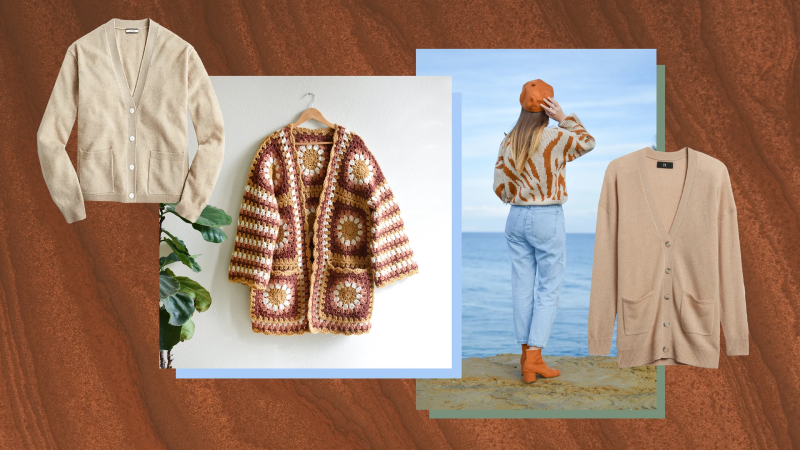
- Victorian Roots: Cardigans were initially heavily influenced by Victorian fashion, characterized by elaborate designs and intricate button detailing. They often featured high collars and were worn as formal attire.
- 20th Century Casualization: In the early 20th century, the cardigan evolved into a more casual garment. This shift was marked by simpler designs, more accessible materials, and a focus on comfort and functionality.
- Preppy Influence: The 1950s saw the cardigan gain popularity within the preppy fashion trend. Its association with Ivy League style and casual sophistication made it a staple in American fashion, often paired with button-down shirts and chinos.
- Bohemian Chic: In the 1970s, the Bohemian fashion movement embraced the cardigan. Knitted cardigans with fringe and colourful patterns became popular among those seeking a free-spirited, eclectic style.
- Power Dressing of the 1980s: The 1980s brought about a new era for the cardigan, with oversized styles becoming popular as part of the power-dressing trend. Bold colours and chunky knits were emblematic of the era’s fashion.
- Minimalist Trends of the 1990s: The 1990s saw the cardigan return to a minimalist aesthetic. Clean lines, simple designs, and neutral colours reflected the decade’s focus on understated elegance and practicality.
- Eco-Friendly Fashion: In the early 2000s, the cardigan became a canvas for sustainable fashion. Designers began using eco-friendly materials and ethical production methods, reflecting a growing awareness of environmental issues.
- Athleisure Integration: In the 2010s, the cardigan merged with athleisure trends. Lightweight, stretchy fabrics and sporty designs make it versatile for casual and activewear.
- Statement Pieces: In recent years, the cardigan has been reimagined as a statement piece. Designers have experimented with bold patterns, unique textures, and innovative cuts, transforming the cardigan into a focal point of modern fashion.
- Tech-Enhanced Fabrics: Today, technological advancements have introduced new materials and features to cardigans, such as moisture-wicking fabrics and temperature-regulating yarns, enhancing both comfort and functionality. This technological evolution has not only improved the comfort of cardigans but also expanded their use in various settings, from casual wear to active sports.
Cardigan Sweater and War
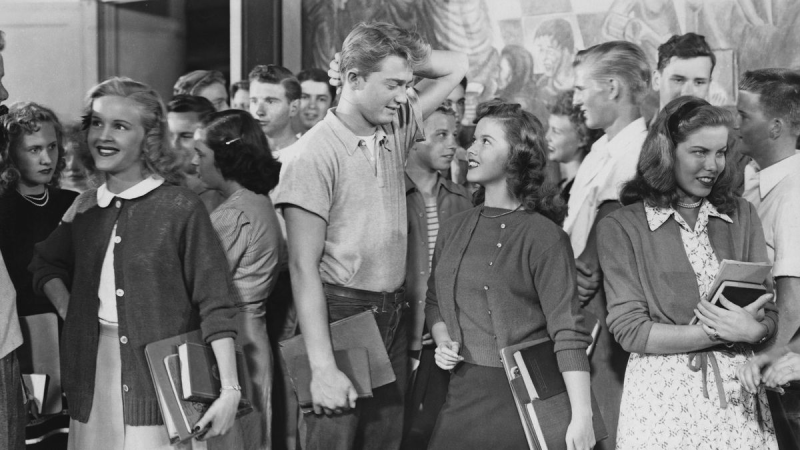
- Military Origins: The cardigan’s origins are rooted in military attire. The design was inspired by British soldiers’ knitted garments during the Crimean War, highlighting its practical and functional aspects.
- World War I Utility: During World War I, the cardigan was utilized for its practical benefits, providing warmth and comfort to soldiers in the trenches. Its design was well-suited for layering and ease of movement.
- Post-War Adaptations: After World War II, the cardigan became associated with civilian life, but its wartime practicality influenced its continued popularity. It was seen as a symbol of resilience and comfort.
- Cold War Era Fashion: The Cold War era saw the cardigan integrated into everyday fashion, reflecting a sense of stability and warmth during geopolitical tension. It became a staple in both casual and formal wardrobes.
- Modern Military Influence: Today, the cardigan’s design continues to be influenced by military fashion. Modern iterations often incorporate elements such as rugged fabrics and utilitarian features, blending historical practicality with contemporary style.
Cardigan Sweater and Feminism

- Early Feminist Symbol: In the early 20th century, the cardigan symbolized women’s liberation. Its practical design allowed women to move freely and comfortably, reflecting the changing roles of women in society.
- 1920s Flapper Fashion: The 1920s flapper era embraced the cardigan as part of a more relaxed and less restrictive style. Women’s fashion began to favour comfort and ease, aligning with the feminist ideals of the time.
- Post-War Feminism: After World War II, the cardigan was adopted into feminist fashion statements as women redefined their roles in the workplace. It became a symbol of professional attire and women’s independence.
- 1970s Feminist Movement: During the 1970s, the cardigan was embraced as part of a broader shift towards gender equality. Its versatility and practicality resonated with the era’s emphasis on women’s empowerment.
- Contemporary Feminist Fashion: Today, the cardigan remains a feminist fashion staple, reflecting modern ideals of gender equality and comfort. It is worn by women of all backgrounds and professions, symbolizing personal style and empowerment.
10 Modern-Day Fashion with Cardigan Sweaters
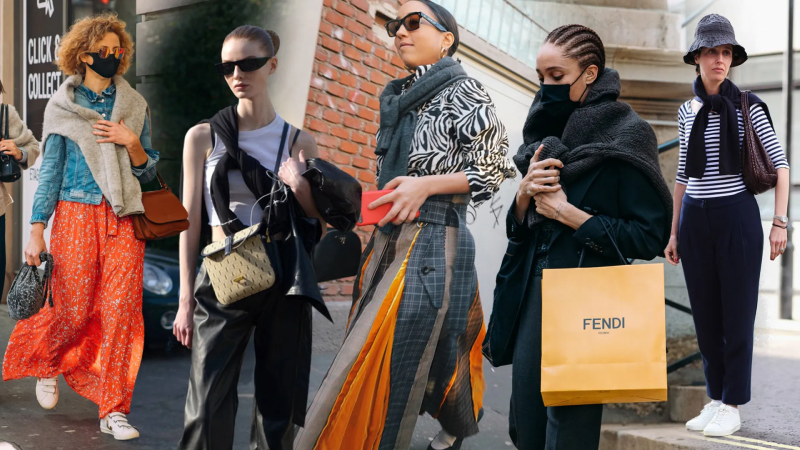
- Layering Technique: Cardigans are often used as layering pieces in contemporary fashion. Their versatility allows them to be styled over various outfits, from casual tees to dressy blouses, adding a touch of elegance and warmth.
- Oversized Trend: The oversized cardigan trend has become popular in recent years. Its relaxed fit and cosy appeal make it a favourite for creating a chic, laid-back look.
- Statement Patterns: Modern cardigans often feature bold patterns and colours, transforming them into statement pieces. Designers experiment with graphic prints and vibrant hues, making the cardigan a focal point of any outfit.
- Textured Fabrics: Contemporary fashion has embraced textured cardigans, incorporating cable knit, chenille, and fuzzy yarns. These textures add depth and interest to the classic design.
- Cropped Styles: Cropped cardigans have gained popularity, offering a modern twist on the traditional design. These styles are often paired with high-waisted trousers or skirts for a stylish, flattering silhouette.
- Cardigan Dresses: The cardigan has been reimagined as a dress, offering a fresh take on the classic garment. These dresses feature button-down fronts and various lengths, combining comfort with contemporary style.
- Sporty Influences: Cardigans with sporty details like stripes and zip fronts have become popular and inspired by athleisure trends. These designs blend comfort with athletic flair.
- Belted Cardigans: Belted cardigans have emerged as a fashionable option, adding structure and definition to the garment. Belts enhance the cardigan’s silhouette, making it versatile for casual and dressy looks.
- Cardigan as Outerwear: Modern cardigans are worn as outerwear, replacing traditional jackets and coats. Their lightweight, cosy nature makes them an excellent choice for transitional weather.
- Mixing Textures: Fashion-forward cardigans are often styled with other textures, such as leather or denim. This mixing of materials creates visually striking outfits and highlights the cardigan’s adaptability.
Conclusion
The cardigan sweater is a testament to enduring fashion and cultural significance. From its origins as a practical military garment to its current status as a versatile fashion piece, the cardigan has continually evolved, reflecting shifts in style, culture, and society. Its ability to adapt and remain relevant in modern fashion is a testament to its timeless appeal. As you consider incorporating cardigans into your wardrobe, remember their rich history and the many ways they have influenced and been influenced by the fashion world. Whether worn for comfort or style, the cardigan continues to be a beloved and iconic garment.

